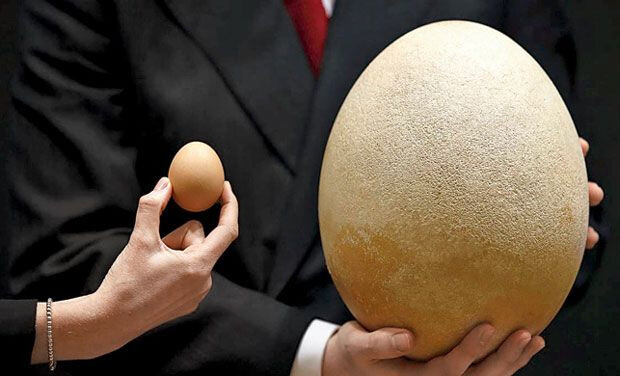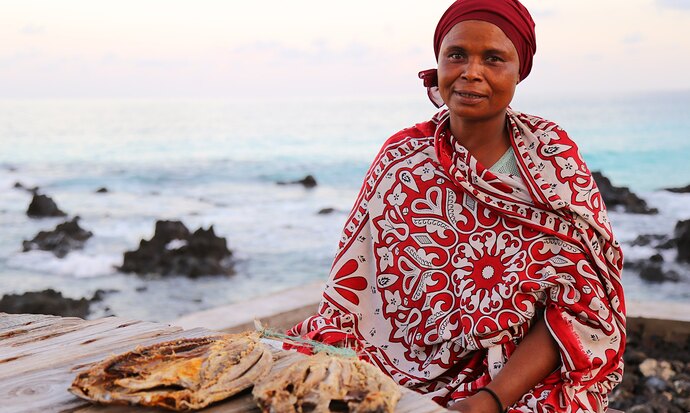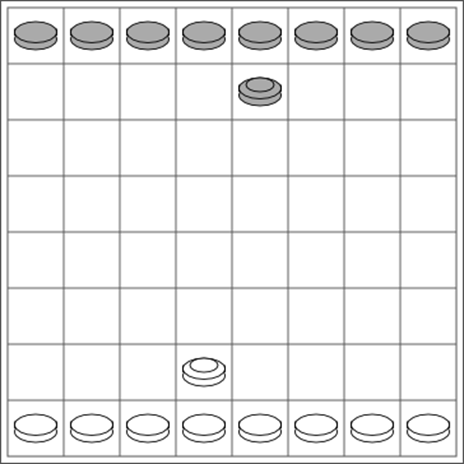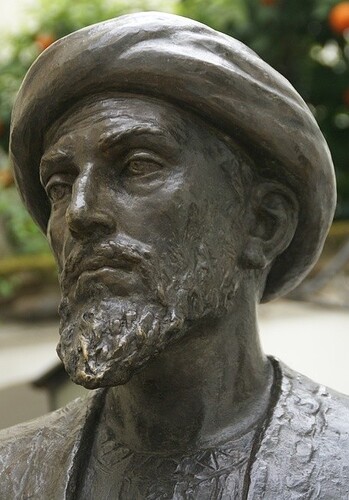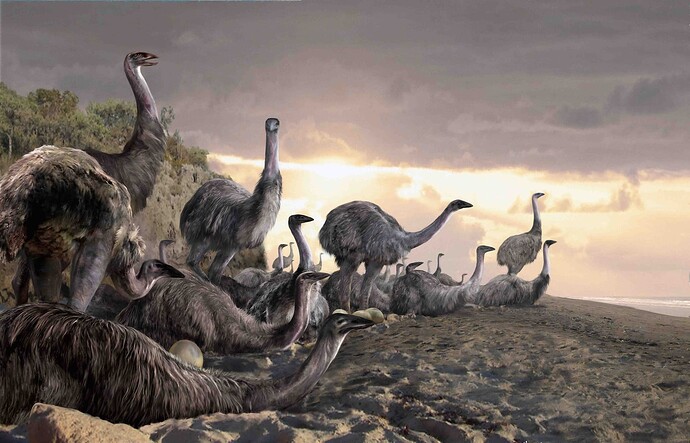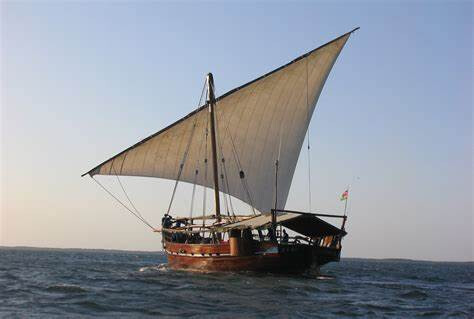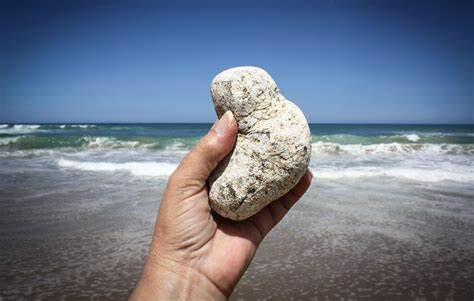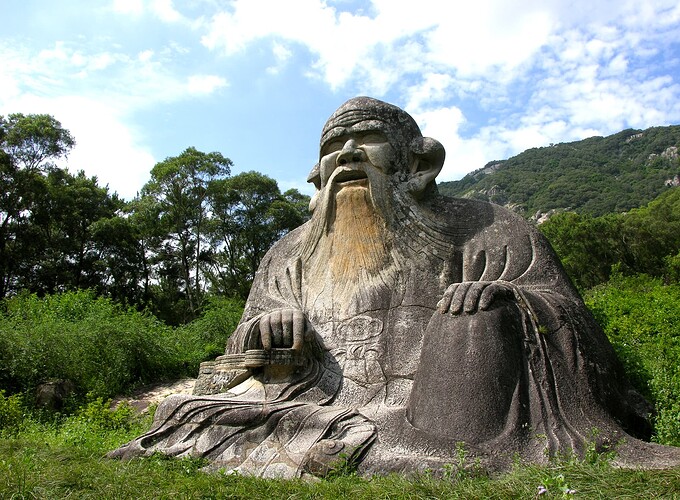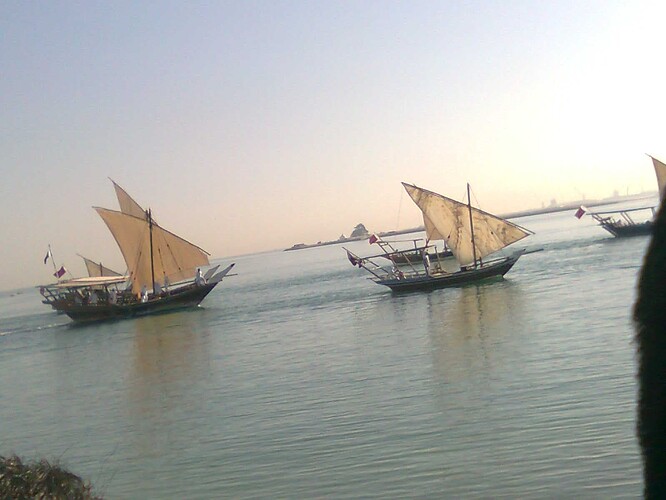4. Elephant Birds of Madagascar
(a bunch of elephant birds waiting for the party to arrive; they kick asses and chew seeds, and they are all outta... oh wait, actually they run and then kick asses only when cornered)
Elephant Bird
In the real world, the colossal elephant birds of Madagascar went extinct centuries ago, leaving only legends and fossilized remains. However, in the Mythic World, these magnificent birds still roam the dense forests and swamps of Madagascar. Towering up to 3 meters tall when measured from the ground to the top of their backs elephant birds are massive flightless creatures, often compared to gigantic ostriches. They are the biggest birds in the world known for their strength, endurance, and incredible speed. Elephant birds are herbivores that are rare and elusive, usually keeping to the deep forests where few humans venture, lending them a near-mythical status even in medieval times.
Characteristics: Cun -2, Per +1, Pre +0, Com -4, Str +5, Sta +5, Dex +0, Qik -1
Size: +2
Virtues and Flaws
- Virtues: Improved Characteristics, Large, Imposing Appearance x2
- Flaws: Fear (Predators), No Hands
Personality Traits: Cautious +2, Solitary +1, Wary +2
Animal Qualities: Tough Hide (+2 Soak), Huge Beast, Powerful Legs (Bonus to Running/Leaping rolls)
Combat
- Dodge: Init -1, Defense +5
- Kick (if cornered): Init -1, Attack +4, Defense +3, Damage +7
- Soak: +7 (Sta +5, Tough Hide +2, Size +2)
Wound Levels
- Light: 1–6
- Medium: 7–12
- Heavy: 13–18
- Incapacitating: 19–24
- Dead: 25+
Abilities
- Brawl (Kick) 2
- Survival (Forest) 4
- Awareness (Danger) 3
- Athletics (Running) 3
(From the left: elephant bird, common ostrich, human, modern dinosaur)
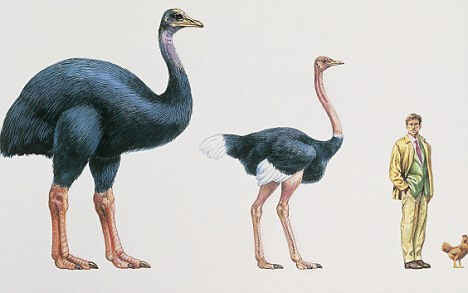
Ramanantsoa, the Elephant Bird of Virtue
Ramanantsoa is a legendary Beast of Virtue, an embodiment of the primal forces of nature on Madagascar. Unlike ordinary elephant birds, Ramanantsoa is imbued with magical qualities, making it a guardian of the island’s forests. It is said that as this great bird strides through the woods, seeds sprout and grow in its wake, rejuvenating the land. With a majestic and imposing presence, Ramanantsoa protects the natural world, blessing plants and creatures with resilience and vitality. Revered by those who dwell on the island, it is a creature of deep wisdom and watchful vigilance, ensuring that Madagascar’s forests remain lush and thriving.
Ramanantsoa, the Elephant Bird of Virtue is associated with: Speed, Seeds, and Plants
Magic Might: 15 (Animal)
Characteristics: Cun +1, Per +3, Pre +1, Com -3, Str +5, Sta +6, Dex +1, Qik +2
Size: +3
Virtues and Flaws
- Virtues: Magic Animal, Minor Essential Virtue (Fleet-footed and Agile), Second Sight (from Magical Qualities), Enduring Constitution, Imposing Appearance x2
- Flaws: Driven (Protect the Forest and Spread Seeds), Fear (Open Flames)
Personality Traits: Fleet-footed +3, Protective of Nature +3, Solitary +1
Animal Qualities: Tough Hide (+2 Soak), Huge Beast, Powerful Legs (Bonus to Running/Leaping rolls), Forest Camouflage (Stealth bonus in wooded areas)
Magical Qualities: Minor Essential Virtue (Fleet-footed and Agile), Lesser Power x2, Personal Power, Improved Abilities
Combat
- Dodge: Init +2, Defense +8
- Kick (if cornered): Init +2, Attack +5, Defense +4, Damage +8
- Soak: +10 (Sta +6, Tough Hide +2, Size +3)
Wound Levels
- Light: 1–7
- Medium: 8–14
- Heavy: 15–21
- Incapacitating: 22–28
- Dead: 29+
Abilities
- Brawl (Kick) 3
- Survival (Forest) 5
- Awareness (Plants) 4
- Athletics (Running/Leaping) 5
- Second Sight (Hidden Paths and Objects) 3
Powers
Dash of the Great Bird
Points: 2, Initiative: Qik-5, Form: Animal, Range: Personal, Duration: Diameter, Target: Individual
Grants Ramanantsoa +3 to Athletics (Running) and allows it to move at extreme speed briefly.
Design: Base 4, +1 Diameter; Might Cost: 2 points
Stride of the Verdant Guardian
Points: 0, Initiative: Qik-2, Form: Herbam, Range: Touch, Duration: Momentary, Target: Group
Ramanantsoa can bless an area of soil or plants, causing dormant seeds within the ground to sprout and begin growing rapidly. This magical growth is permanent, with the plants taking root and continuing to thrive naturally after the initial blessing. This power rejuvenates barren or depleted areas, creating a lasting addition to the forest's ecosystem and supporting the wildlife that depends on it.
Design: Base 1 (make a plant grow more quickly), +1 Touch, +2 Group; Might Cost: 0 (reduced by Improved Powers)
Embrace of the Amber Grove
Points: 0, Initiative: Qik-2, Form: Herbam, Range: Touch, Duration: Sun, Target: Group
Ramanantsoa can cause trees in its vicinity to release protective resin, coating their bark and nearby plants with a sticky, amber-like substance.
Design: Base 3 (cause a plant to produce a substance), +1 Touch, +2 Sun, +1 Group; Might Cost: 0 (reduced by Improved Powers)
(hen's egg compared with elephant bird's egg; both are edible)
